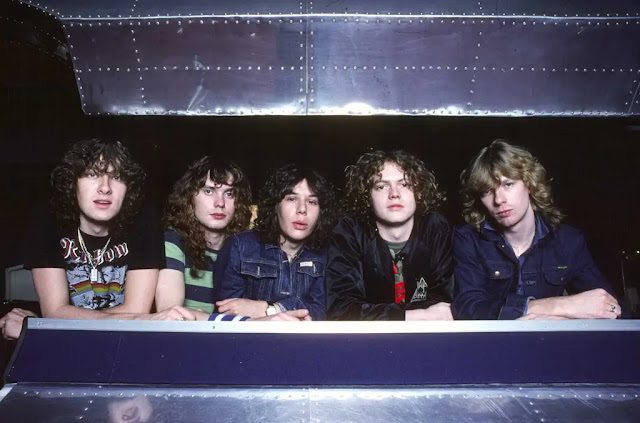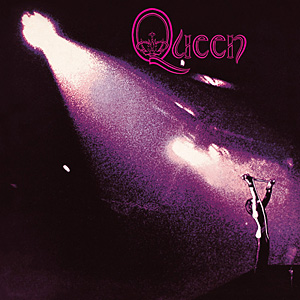Evolution of Rock: A Journey from Classic to Modern
 |
Rock, a musical genre that revolutionized the global music scene, has undergone a fascinating evolution from its roots in the 1950s to the present day. His journey was full of stylistic changes, sonic experiments and social transformations. In this article, we will explore this extraordinary path of rock evolution, analyzing the key moments and influential trends that shaped this extraordinary genre.
I. The birth of Rock and Roll:
The origins of rock date back to the 1950s, when rock and roll appeared on the scene, combining elements of blues, rhythm and blues and country. Prominent artists such as Elvis Presley, Chuck Berry and Little Richard helped shape the genre's distinctive sound. Energetic guitar riffs, pulsating rhythms and bold vocal expressions became essential features of rock and roll.
II. British Invasion Era:
In the 1960s, the British Invasion brought a new approach to rock, thanks to bands such as The Beatles, The Rolling Stones, The Who and The Kinks. Their work expanded the boundaries of the genre, adding elements of psychedelia, sonic experiments and more complex compositional structures. The British Invasion defined a new stage in the evolution of rock, paving the way for subsequent generations of artists.
VI. Eclectic Connections:
In the 21st century, rock has evolved in various directions, incorporating eclectic combinations with other musical genres. The combination of rock with electronica, hip-hop and indie created new, innovative sounds. The artistic experiences of bands such as Radiohead and Arcade Fire introduced new perspectives and shaped the face of rock in the digital era.
End:
The evolution of rock from classic to modern is a fascinating journey through the decades in which this genre was shaped under the influence of various artists and social changes. Although it has undergone many transformations, rock remains an important and influential musical genre that continues to inspire new generations of artists. His ability to adapt and innovate makes him immortal, and his place in music history is unquestionable.




Komentarze
Prześlij komentarz